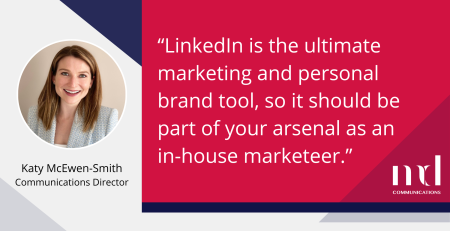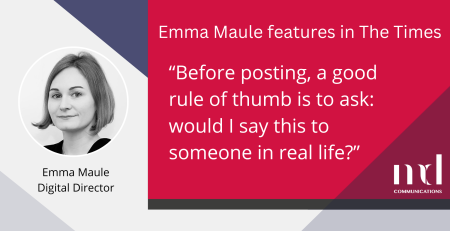Fashion week has just happened in the capital. Whether you were aware of the annual style jamboree descending on Somerset House – and venues throughout the city – or not, this is one of the events for which London has become world-famous. This is partly because many of the biggest designers show here – Burberry, Jonathan Saunders and Vivienne Westwood to name a few – but also because London has led the way with respect to innovating fashion week from an exclusive and inaccessible occasion for those who can beg, buy or steal an invite to an event that is now open to a much wider audience. Why? Well mostly because of a willingness to embrace modern technology.
Image considerations
If there was ever an industry that needed an image overhaul it was the fashion industry. Bitchy, starved, cat fighting models parading anorexic figures down catwalks in outfits that cost more than your mortgage payments to a tiny audience of overpaid industry figures, many of whom were still sartorially stuck in the 80s, was one way that I heard fashion week described before the arrival of technology onto its ‘scene.’ Is there a comparison here with the legal industry? Perhaps in the way that it has had its own marketing issues with public perceptions and ivory towers, there might be. So could the legal sector follow where fashion week has led? Possibly yes.
Losing the exclusivity
I have blogged about this subject before – the way that London fashion week was one of the first to introduce live streaming of catwalk shows, the fact that you can keep up with all the events taking place simply by following the live tweeting, and the reality that bloggers, rather than fashion editors, are now taking many of those coveted front row seats. This is a serious embracing of technology in order to open up the bare bones of an industry that was previously very precious about offering insider status only to the privileged few. However, the reality is that rather than destroying its appeal, getting rid of this exclusivity has turned London fashion week into a huge marketing opportunity for the industry. As the deconstruction of large parts of the legal sector as we knew it continues thanks to the Legal Services Act, could this kind of openness also work for law firms?
Trendsetting
It’s worth noting that it’s not just a willingness to embrace technology that London fashion week has excelled at but also a desire to drive it forward. Fashion insiders have been seriously innovative with respect to the way that technology has been employed, not stopping at hashtags (although there were 498,338 #LFW hashtags on Instagram alone during fashion week in September, which is a pretty impressive feat). For example, catwalk shows in previous seasons were live streamed into Topshop stores and customers could participate using the Topshop show hashtag to have their own images posted onto the giant screen in the flagship store window. Burberry introduced the ‘buy now’ button into its SS15 show, admittedly just for nail varnish, but pushing a purchasing boundary nevertheless. And that’s before you even consider how London was the first fashion week to really broach the ‘wearable tech’ fashion phenomenon that is creeping over the horizon. In short, while the same techniques might not apply exactly from fashion to law, I have a sneaking suspicion that the attitudes might – an enthusiasm for embracing technology and investment in developing it to innovate delivery of legal services might be exactly what the sector needs to enable it to start setting trends rather than simply following.











